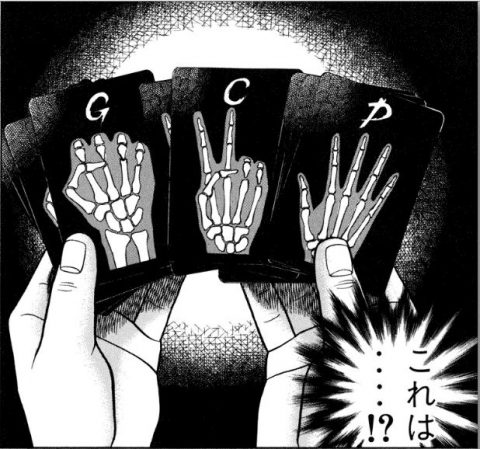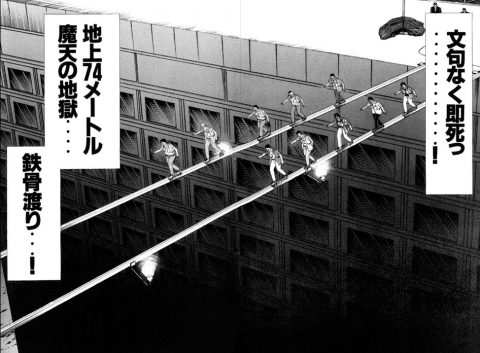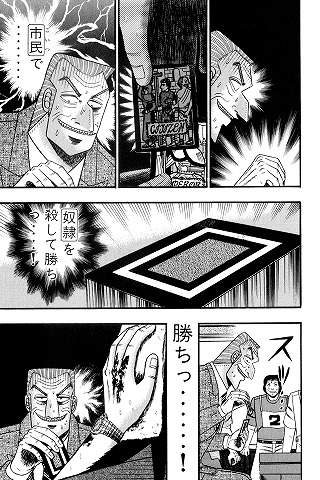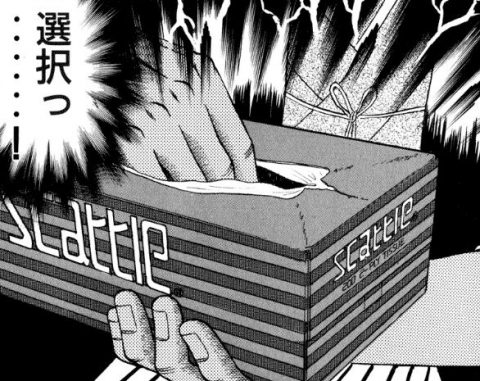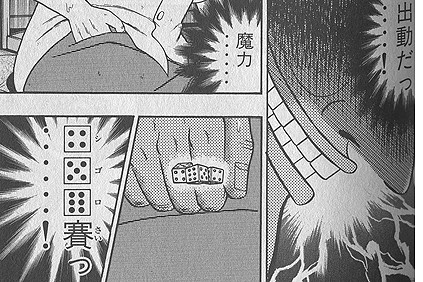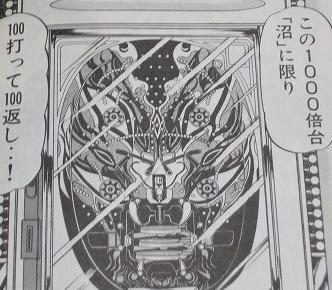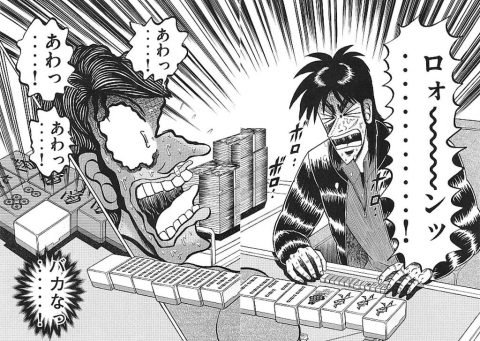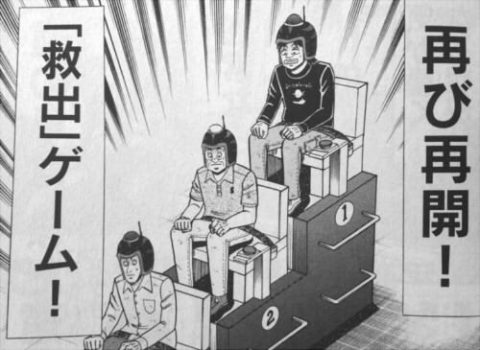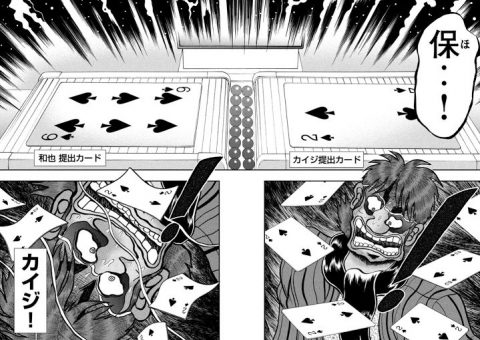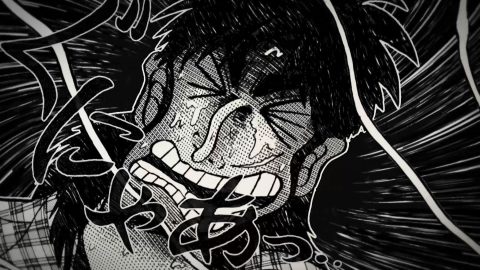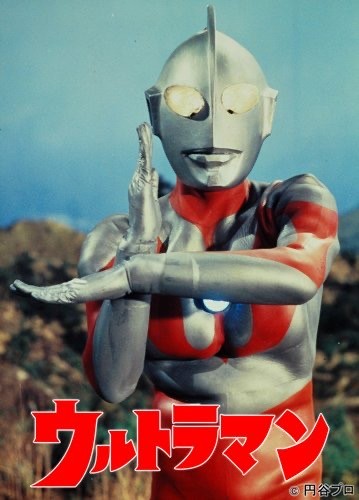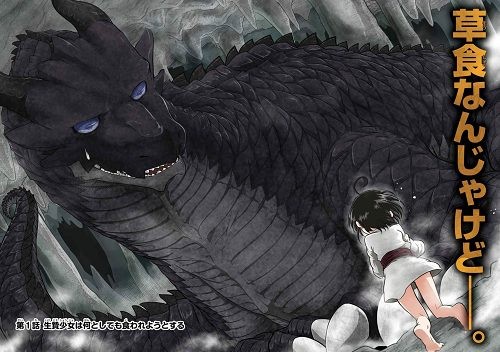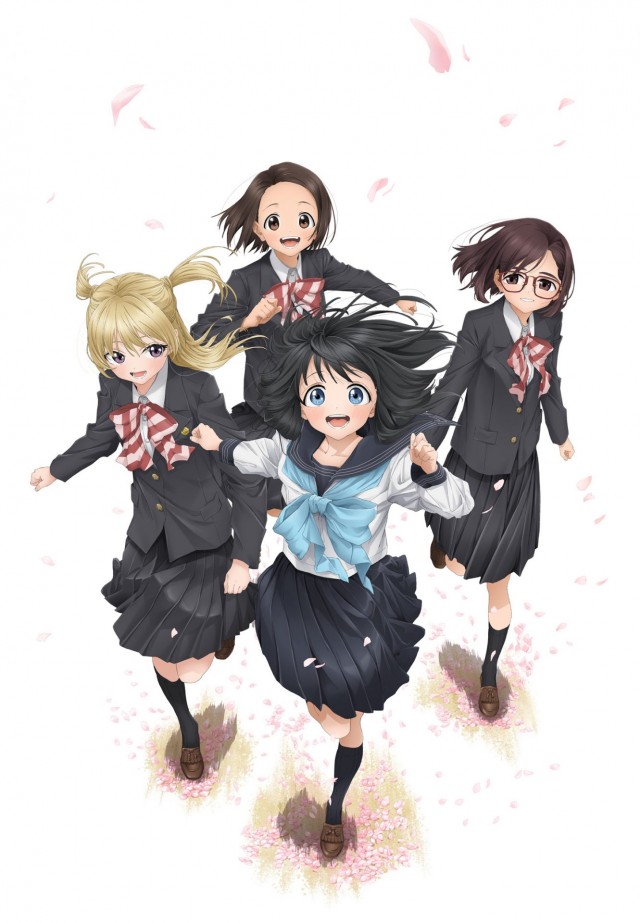Kaiji is a hugely popular anime, and one of its greatest draws is the unique gambling games that appear in the series. Each gambling game has its own unique characteristics, but all of them are simple yet profound, with content that stirs the human psyche. The battles that unfold, centered around Kaiji, are breathtaking to read about. In this article, we'll introduce all the gambling games that appear in Kaiji.
1. Simple Rules, Bold Strategies: "Limited Rock-Paper-Scissors"
Limited Rock-Paper-Scissors is the first gambling game to appear in Kaiji. This game is based on rock-paper-scissors, and the rules are simple. First, each player is dealt 12 cards (four of each of the three types: rock, scissors, and paper) and three star-shaped badges. Then, each player plays rock-paper-scissors with another player. If they win, they gain one star, and if they lose, they lose one star. This continues until they run out of cards, and if they end up with three or more stars remaining, they are the winner.
2. "Steel Beam Walking": A Game with Ruin and Big Money at Stake
Steel Beam Walking is a gambling game in which participants compete to cross a steel beam suspended approximately 10 meters in the air. There is no set order of entry, and those who start first have an advantage, but there is also the risk of being knocked off by those who start later. Falling from a steel beam will inevitably result in serious injury. The other type of challenge, steel beam walking, involves crossing a steel beam suspended on the upper floors of a high-rise building. Of course, if you fall, you will lose your life, but if you make it across, you can win a lot of money.
3. Kaiji vs. Tonegawa's Serious Battle "E-Card"
This gambling game took place when Kaiji and Tonegawa faced off against each other. The two players were divided into the Slave and Emperor sides. The Slave side had one Slave and four Citizen cards, while the Emperor side had one Emperor and four Citizen cards. Each player plays one card, and the player who plays the stronger card wins. The strength of the cards is "Emperor > Citizen," "Citizen > Slave," or "Slave > Emperor," and the timing at which each side plays their Emperor and Slave is the key to victory.
4. Kaiji Challenged Hyodo to a "Tissue Box Lottery"
After winning the E-Card game, Kaiji bet a large sum of money on this gambling game against Hyodo. The rules are simple: the first person to draw a winning paper from a tissue box wins. Kaiji tries to cheat in this gambling game, but Hyodo sees through it and he is defeated.
5. "Underground Chinchiro": A Game of Cheating Suffered by Team Leader Otsuki
Kaiji is taken to Teiai's underground forced labor facility, where a gambling game is played. Three dice are rolled in a bowl, and the winner is determined by the number rolled. In this gambling game, the squad leader made a killing by cheating and using the advantageous four-five-six dice.
6. The Impregnable Monster Machine: "Pachinko Swamp"
After escaping from an underground forced labor facility, Kaiji encounters this form of gambling while trying to earn a large sum of money within a limited time frame. The pachinko machine "Numa" is located inside an underground casino controlled by the Teiai Group, and is an extremely high-stakes pachinko machine with a single ball costing 4,000 yen. If your ball lands in the jackpot hole, you can win at least 300 million yen, but to do so you must overcome three hurdles: a forest of nails, a moving device, and a three-tiered crane.
7. "17 Steps": Crossing a Minefield
This is a gambling game between Kaiji and the unscrupulous loan shark Muraoka. The rules are to create a pile on an automated mahjong table and then freely create a hand using the 34 tiles from the pile in front of you. After that, players take turns discarding the remaining tiles, and if they discard their opponent's Ron tile, they lose. Since both players discard tiles from a tenpai state, it's like walking through a minefield, which is why it's also called the "mine game."
8. Friendship or Money? "Rescue"
This is a gambling game in which Kazuya Hyodo gathers three debtors. The challengers wear special helmets and sit in a vertical line of three. One of the three players is assigned as the rescuer and the other two as hostages, but only the person sitting in front of them knows which role each player has. The player chosen as the rescuer must release the seatbelt attached to their seat and press the rescue button in front of them within 30 seconds to 1 minute of the start of the game. Of course, the time that has passed is unknown to the players. If the rescue button is pressed within 30 seconds, their winnings will be confiscated. If more than 1 minute passes, the helmets worn by the two hostages will expand, compressing their heads and resulting in their death. The key to this gamble is realizing that they are the rescuer, but the three players are prohibited from prior discussion and are unable to talk to each other while gambling as they wear headphones playing loud music.
9. Idealism vs. Realism: "One Poker"
This is a gambling game played between Kaiji and Kazuya during their head-to-head match. Three decks of cards, sans jokers, are used. Each player is dealt two cards, and they must reveal to their opponent whether the cards are UP (A-8) or DOWN (7-2). Taking these factors into consideration, players place one card at a time on the table and compete based on the value of the card. In terms of card strength, A is the strongest and 2 is the weakest. Also, only when an A clashes with a 2 will it be worth 2. The winner gains 1 life point from the opponent, and the loser loses 1 point. This is a gamble that is repeated. The number of life points bet can be raised, just like in regular poker. If you lose all your life, you are the loser of this gamble.
Summary
Kaiji features many unique gambling games. Each one is packed with multiple mechanisms that push the human psyche to its limits, creating a sense of tension that is beyond our imagination. This is precisely why the series is able to explore the essential aspects of human nature and portray psychology with such realism. When reading "Kaiji," be sure to pay attention to gambling, as it is an inseparable part of the story.

